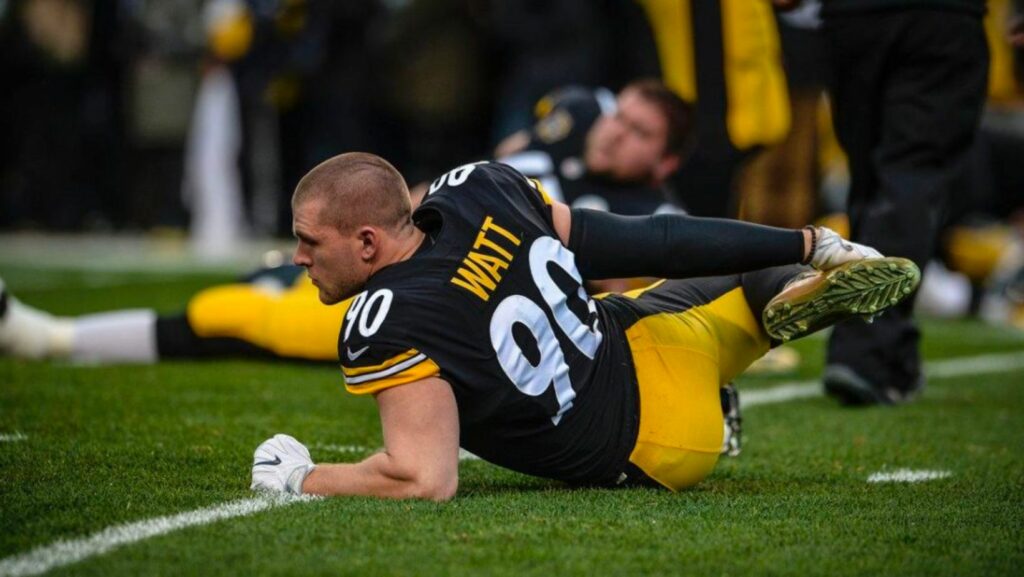
There are a multitude of differences between the various teams in the NFL, whether it’s the offensive and defensive schemes they run or the core philosophies that center them. While those tangible differences are readily apparent to anyone watching the games — say, if one team likes to air the ball out a lot and their opponent prefers a slow, methodical rushing attack — other differences are less apparent… and could play an even bigger role in how successful a team is.
One such example of these hidden differences is a team’s medical staff. In many ways, it’s an intangible thing that’s difficult to qualify because there’s so much that goes into injury prevention, treatment, and diagnosis, but being able to keep one’s players healthy and playing at a high level is as important, if not more so, than any play call. After all, many coaches say that the best ability is availability, as even the most talented players can’t affect the game if they’re always stuck on the sideline.
How Not to Act: Looking at the Los Angeles Chargers
The Chargers dealt with a rash of season-ending injuries over much of the past decade, with players going down at a rate that felt much higher than the norm. Some fans complained that their franchise was cursed, with season after season derailed because of soft tissue injuries like ACL tears, but it seems like the cause of those injuries may have actually been a tangible thing rather than any bad juju.
Quarterback Tyrod Taylor played for the Chargers in 2020 and dealt with a rib injury during that season that team doctor David S. Gazzaniga treated. The injury, while painful, wasn’t severe enough to prevent Taylor from playing, so Gazzaniga attempted to administer a painkiller injection to the affected region to help Taylor take the field pain-free.
Instead, the treatment attempt went horribly wrong, with Taylor suffering a punctured lung because of the injection, an injury that ended up ending his season.
Taylor, alleging medical malpractice, filed a lawsuit for $5 million against Gazzaniga last year because of pain and suffering from the injury, also noting that it made it harder for him to earn a new contract without a full season of work to advertise himself to teams as a free agent.
Given the awful injury, one wonders if the other injuries the Chargers suffered in recent years stem from poor diagnosis, treatment, and prevention.
Injury Maintenance and its Downsides
Injuries are unavoidable in a brutal sport like football, but not all keep players from playing. In fact, when you consider the bumps and bruises that one can receive because of high-speed collisions with bulky athletes, no player makes it through the NFL season unscathed.
One way that players can suit up and ignore the pain of the hits they’re involved in is through the use of non-steroidal anti-inflammatory drugs (NSAIDs) like Toradol, a drug akin to a more powerful and faster-acting Advil or Aleve. Of course, NSAIDs prevent pain but they can’t stop injury, and in some cases can even cause it through liver and kidney damage or gastrointestinal bleeding.

When you consider that players risk losing their starting roles — just like Taylor did — if they aren’t able to make it on the field, they might feel compelled to push through the pain, sacrificing their long-term health with things as severe as organ damage in pursuit of those paychecks.
I’m always going to be an advocate for players to be able to live healthy lives following their playing days and gambling with their health as if you’re using a betting offer as the recent ESPN Bet Promo Code directly contradicts that aspiration: it’s important to think about the human cost of the sports we love.
Injury Prevention
Often, being proactive is the best way to prevent injuries. Proper, timely diagnosis is key to understanding what a player is dealing with and how to best proceed.
For instance, if a player is dealing with calf pain, that could sound like just another bruise from the rigors of an NFL season. It’s important to dig deeper, though, as calf troubles could indicate danger brewing in the form of an achilles tendon injury, which can be season or even career ending.
Other methods of injury prevention include proper stretching, nutrition, physical therapy, and experimental technologies like ice baths or cryotherapy. Some athletes spend millions of dollars each year on their training regimen in order to stay healthy and maximize their abilities. While they’re often considered privileged, playing a children’s game for hundreds of millions of dollars, there’s so much more risk and preparation that goes into being a star than one can see at face value.













